After 12 years, the scene that envelops the town of Futaba remains one of desolation and decay.
On March 11, 2011, Japan faced a devastating earthquake and tsunami that led to the deaths or disappearances of around 20,000 people. The scale of the tragedy shocked the world due to its brutality.
However, the tragedy did not end there, as the earthquake caused a significant amount of radiation to be released from the Fukushima Daiichi Nuclear Power Plant, forcing over 150,000 residents to evacuate the area.
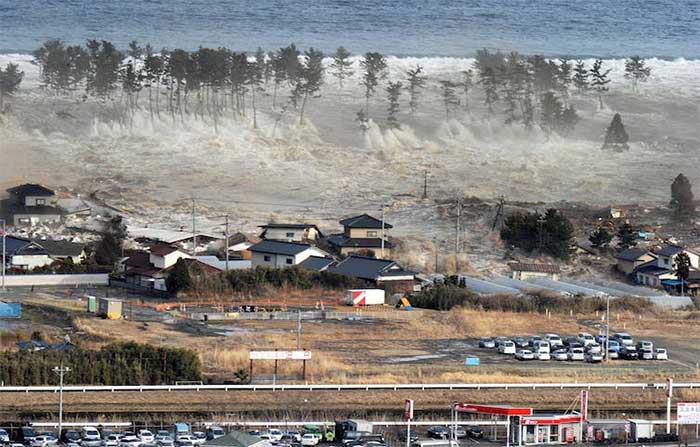
The dual disaster caused extensive damage over many years in Fukushima.
After experiencing this unprecedented tragedy, many areas, including the town of Futaba in Fukushima, were deemed “difficult to return to” and placed under strict evacuation orders. Notably, Futaba is located just 6km from the Fukushima Daiichi Nuclear Power Plant. When the earthquake struck, over 90% of the homes were swept away by the tsunami, leaving the town heavily impacted and transforming it into a “ghost town” devoid of life.
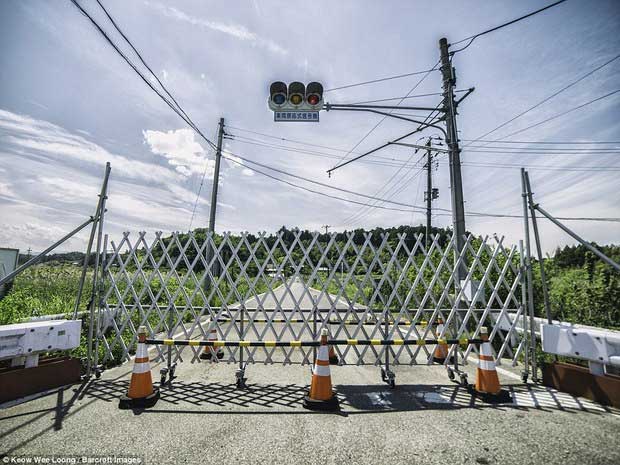
The city is surrounded by fences and a ban order.
Eleven years after the catastrophic disaster, on August 30, 2022, the ban was officially lifted, allowing former residents of Futaba to return to their hometown.
Despite the lifting of the ban, the town of Futaba remains steeped in desolation. One year after the “opening,” NHK reported that only about 86 people dared to return to their hometown. This has made the process of rebuilding the living environment extremely challenging.
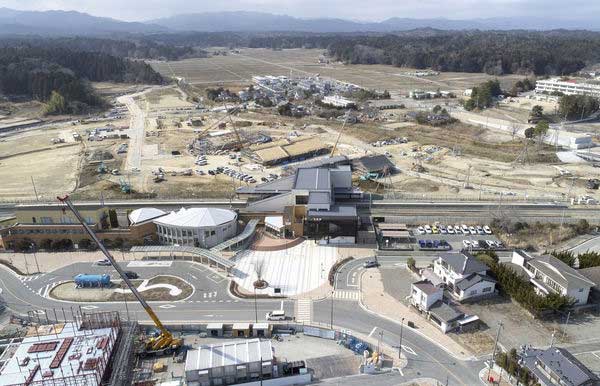
JR Futaba-cho train station in Fukushima province is being rebuilt.
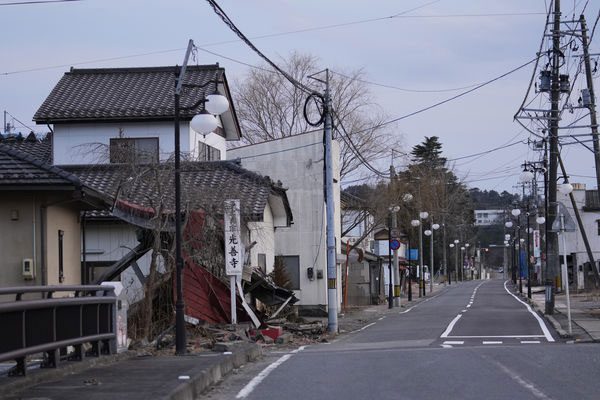
The deserted scene in the town located 6km from the Fukushima Daiichi Nuclear Power Plant.
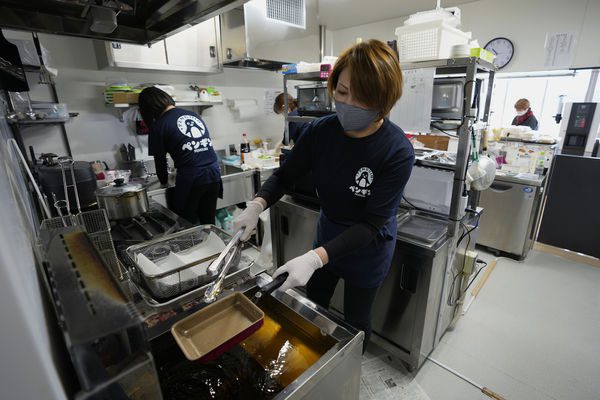
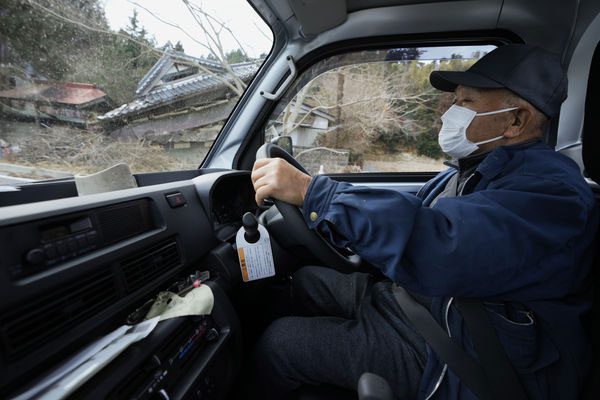
Only 86 residents have returned to live in Futaba.
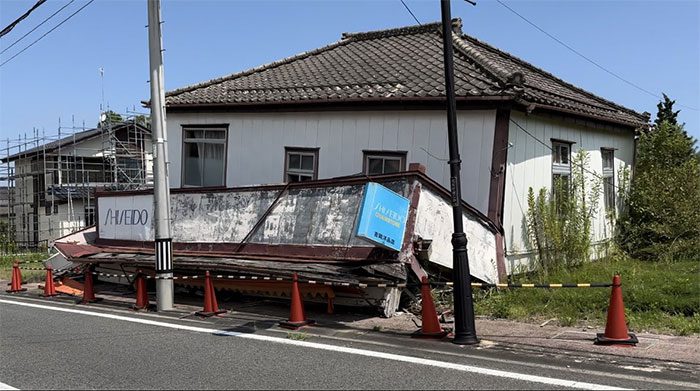
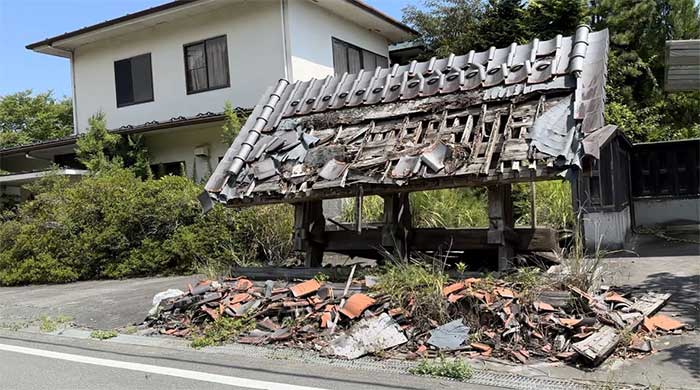
Many houses and structures have yet to be rebuilt.





















































